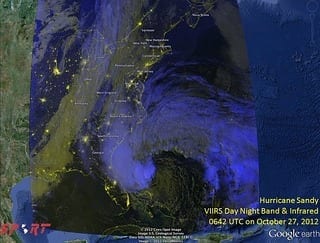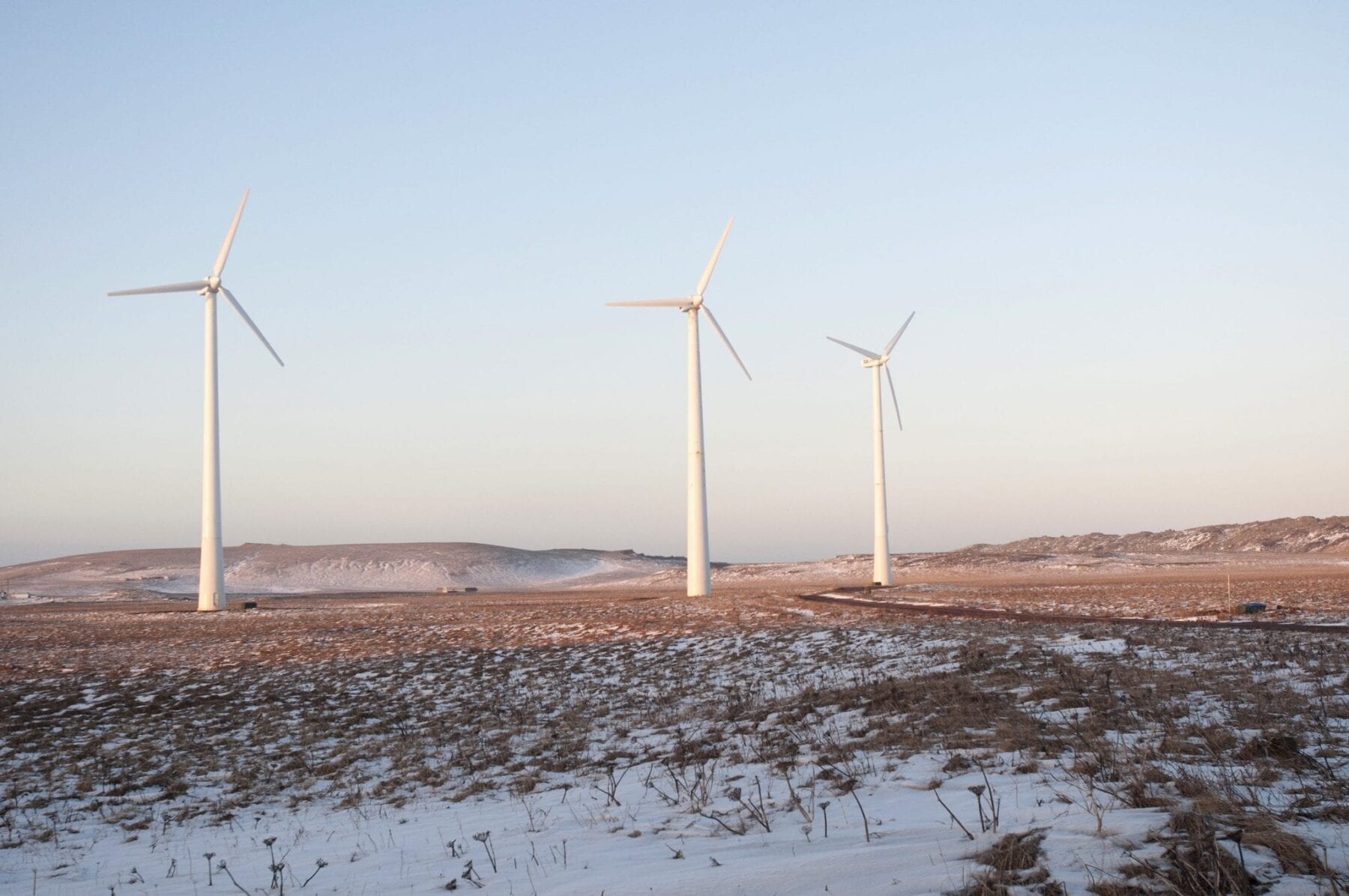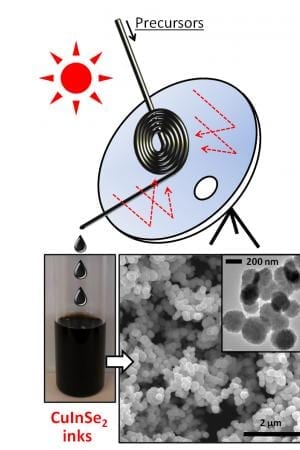
A planned micro grid in a New Jersey city could be a model for making local communities more resilient to extreme weather
For five days after Hurricane Sandy hit on October 29, 2012, large swathes of Hoboken, N.J., remained underwater and in darkness. The small city covering five square kilometers hosts three substations for the regional electric grid, all of which were knocked out of service by flooding. Some residents had no electricity for as long as 15 days after the storm.
As Mayor Dawn Zimmer walked around her municipality surveying the damage, she vowed to come up with a backup plan to keep the lights on in a catastrophe. When federal government officials flooded in to tour the damage, Zimmer asked them to help her find a way to have at least a minimal amount of power remain on during storms, no matter what. As a result, she is now working with Sandia National Laboratories, local utility Public Service Electric & Gas Co., the Board of Public Utilities and renewable energy consultant Greener by Design to come up with a plan to put Hoboken, or at least a part of it, on its own power grid. Hoboken needs to be self-sustaining during a storm, Zimmer says, because whether it’s stubbornness or lack of resources, people simply don’t evacuate. “I thought if we had a safer, better system of sheltering in place, people could stay in their homes through the storm,” Zimmer explains.
Based on work Sandia has done for military bases, the planned microgrid will be one of the largest and most complex in the country and will serve as a possible model for other cities. “Military bases have to have power regardless of what happens around them,” says Robert Hwang, director of Sandia’s Transportation Energy Center, which is the lead department for this project. “We developed this design technology to meet that need.”
Inside the micro grid
Any small-scale localized area with its own power generation and users of electricity qualifies as a micro grid (think: energy island). Such a micro grid is a small-scale version of the regular electric grid and can run independently or in conjunction with it. It’s considered more reliable than a conventional grid because its wires are often underground, it has multiple sources of power generation and its power is generated and distributed locally. A conventional electric grid, by contrast, uses overhead wires and has fewer, but bigger sources of power generation. If one goes out, large portions of the grid lose power. For a micro grid, think of Christmas lights: it used to be that if one bulb went out, the whole string went out. But manufacturers started to localize or segment the way the lights were wired, so that if one bulb went out, only that section of the string went out. The rest of the string would remain on. A micro grid can also achieve specific goals, like having a diverse array of energy sources and lowering electricity costs because the grid can produce its own power during peak hours on the regular grid, when electricity costs are usually high.
The micro grid itself will only be activated during times of peak usage on PSE&G’s grid—because it will likely be cheaper for Hoboken to make its own power at those times—or when PSE&G’s grid is down, either due to repairs or mishaps, such as extreme weather events. An operator must manually turn on or engage the grid, although it can be done remotely, even from a computer. Once the grid is on, it is designed to be able to run continuously for seven days.
The blueprint for the new micro grid spells out the sources of electricity generation, where the wires should go and lists about 100 potential buildings to be wired together. The list includes city hall, buildings that house emergency services like police and fire, hospitals, senior housing facilities, the Stevens Institute of Technology, tall buildings with elevators, a grocery store or two, and possibly some hotels and restaurants.
A draft report suggests powering this micro grid with solar panels, wind turbines and fuel cells—which are like large batteries that convert hydrogen and oxygen into water, and in the process produce electricity. The grid would also use generators fired by fossil fuels, such as combustion engines. Hoboken may also recover some of the heat thrown off by those generators and put it to other uses, such as heating buildings or driving a steam turbine to produce yet more electricity—an approach known as combined heat and power, or CHP.
Profit center, too
Hoboken will likely run its CHP generators and solar panels most often during peak prices. “We will run it on days when electricity is more expensive to buy than it is to produce,” says Adam Zellner, founder of Greener by Design, a renewable-energy consultancy, who was a member of former Gov. Jon Corzine’s energy policy team. “If we can make energy for seven cents and PSE&G’s grid charges nine, we should turn on our grid.”
Then there are the micro grids within the micro grid, known as “clusters,” each connected to several types of electricity generators. These sources, say solar panels and a natural gas generator, are paired together to ensure there will always be electricity. So, when the sun goes down or the wind stops blowing, another power source kicks in. The locations of each cluster will be determined by the power needs in that section of the grid. A cluster containing cogeneration, for instance, might be situated near an apartment building, where the inhabitants use energy day and night, whereas a cluster containing solar panels might be located near an office building, which uses electricity mostly from 9 A.M to 5 P.M.
The Latest on: Micro grid
[google_news title=”” keyword=”Micro grid” num_posts=”10″ blurb_length=”0″ show_thumb=”left”]
via Google News
The Latest on: Micro grid
- Think Microgrids Are Too Complicated? Schneider Takes on the Problem with a New Battery as its Latest Stepon April 26, 2024 at 8:11 am
Schneider Electric previewed a new battery energy storage system (BESS) at the Microgrid Knowledge conference that aims to make microgrids easier for those who lack ...
- From EV Charging to Solar Thermal, Microgrids Seizing Momenton April 26, 2024 at 7:34 am
In this QuickChat video, Aron Bowman, president of ELM Microgrid and ELM Solar, discusses several of the most impactful growth areas he’s seeing in the microgrid market ...
- Schneider Electric Launches All-In-One Battery Energy Storage System (BESS) for Microgridson April 25, 2024 at 11:07 pm
Schneider Electric, the global leader in digital transformation of energy management and automation, today announced the launch of its latest ...
- New York car dealership installs solar + ESS to support EV charging on gridon April 24, 2024 at 11:12 am
Energy Toolbase, Socomec and Sprocket Power have deployed an energy storage system (ESS) at a New York car dealership to provide microgrid capabilities, ...
- The Macro-Impact of the Microgridon April 24, 2024 at 4:44 am
Approximately 80 million kilometers of the world’s power grids – which have served as the delivery method of electricity for more than a century – need to be replaced before ...
- Education, Energy Office officials tout new STX solar micro-gridon April 24, 2024 at 12:00 am
Government leaders gathered Tuesday morning to celebrate the ribbon cutting for a new solar micro-grid that will supply reliable energy to the St. Croix Educational Complex campus, which is also ...
- Global Microgrid Controller Market Projected to Reach $18.7 Billion by 2029 with a CAGR of 22.6%on April 23, 2024 at 8:02 am
The premier name among retail REITs, along with a 14%-yielding REIT that's returned $25 billion to its shareholders since going public, make for sensational buys right now.
- The Revolution in Energy is at Hand: Microgrid 2024 Happens Nowon April 22, 2024 at 6:55 pm
The content happening in Baltimore will feature sessions on microgrids involving universities, utilities, communities, public safety, electric vehicle charging and elements ...
- Submarine base announces scheduled power outages for micro-grid testingon April 22, 2024 at 4:59 pm
Groton ― The Naval Submarine Base has announced a scheduled power outage, from 8 a.m. to 4 p.m. on Saturday and Sunday, for the testing and commissioning of the submarine base’s micro-grid system.
- 7 Questions for Microgrid Developer PowerSecureon April 18, 2024 at 7:18 am
Atlanta-based utility holding company Southern Company acquired microgrid developer PowerSecure about eight years ago in a merger valued at close to $425 million. The company ...
via Bing News










